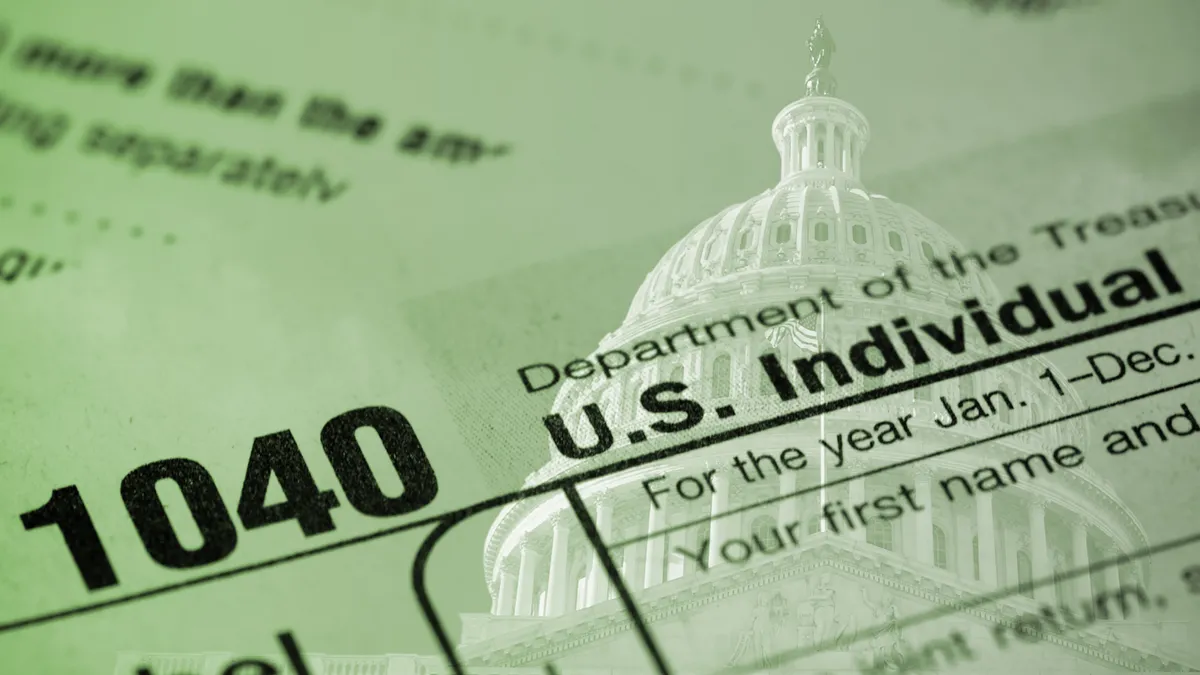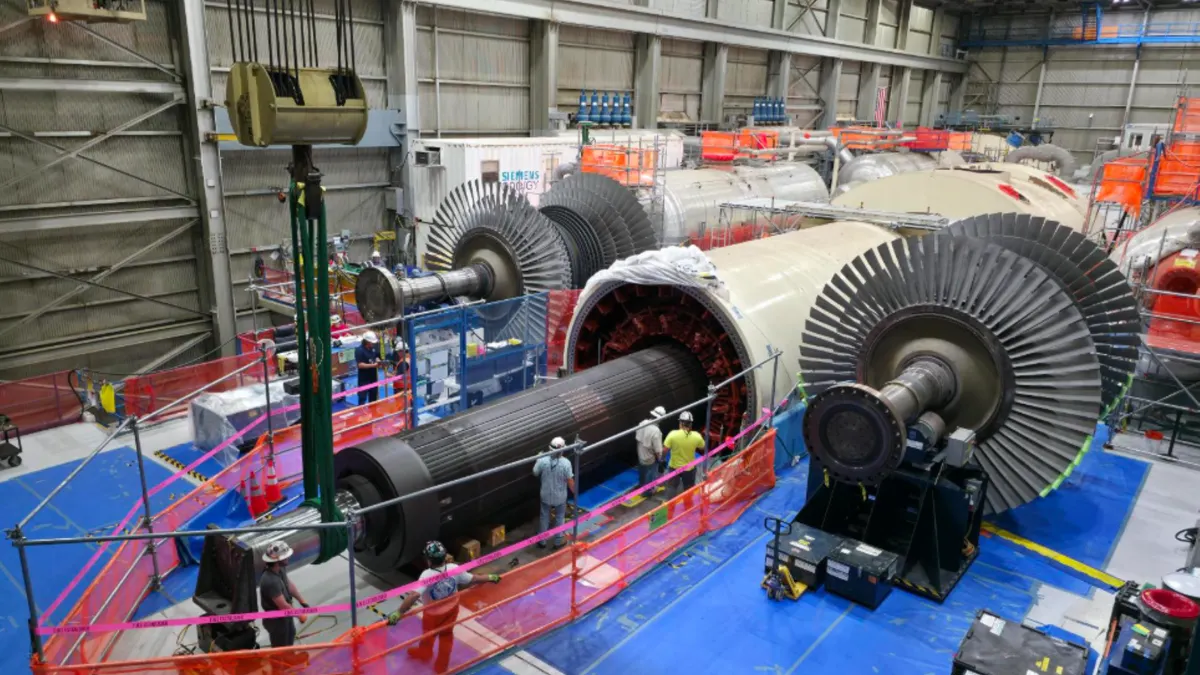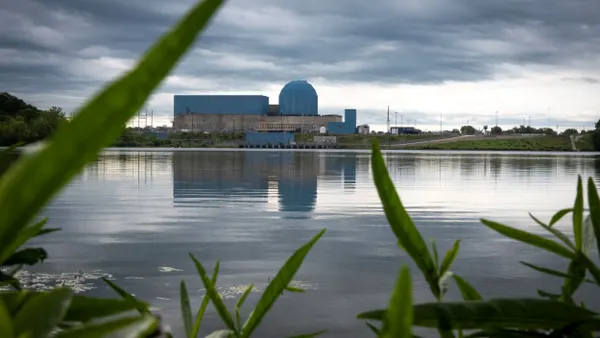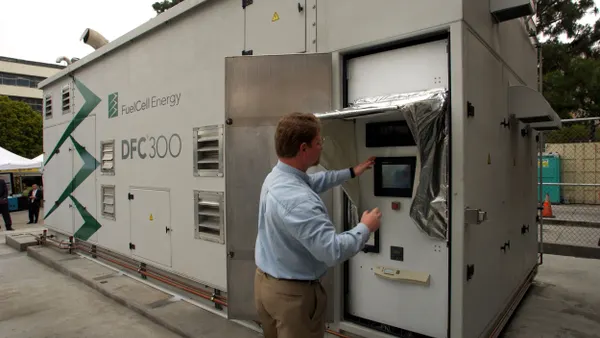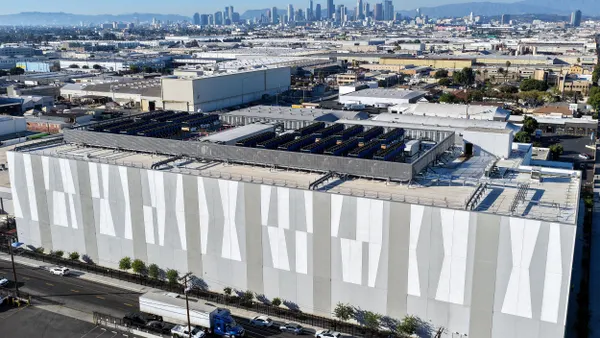Dive Brief:
-
The New Mexico Public Regulation Commission (PRC) on Wednesday approved an order lowering electric rates for Public Service Co. of New Mexico (PNM) customers in a case that could be the first to take into account the new, lower federal corporate tax rate.
-
The final order was just released; PNM is reviewing it and says, based on the oral hearing, the order would lower the previously presented settlement agreement of $62.3 million by passing on $48 million to customers.
-
The order also separates out a Dec. 20 finding of imprudence related to PNM's participation in the Four Corners coal plant into a later regulatory proceeding, but does include a $9 million exclusion of the return of $148 million in costs related to investments in environmental controls at Four Corners.
Dive Insight:
The PRC order is likely to be the start of a steady stream of rate reductions that flow to utility customers as a result of the tax cut bill signed into law by President Donald Trump at the end of December. The Tax Cuts and Jobs Act decreases in the corporate tax rate from 35% to 21%.
On Jan. 5, Pepco said they would file a plan with the Public Service Commission of the District of Columbia in early February that could provide annual tax savings to more than 296,000 electric customers in the District of Columbia. If approved, Pepco said customers could begin seeing lower bills as soon as the first quarter. Montana and Michigan are also pushing utilities to punt savings from the new tax rate back to customers.
Taxes are one of the costs that utilities include in their calculation of revenue requirements that forms the basis for their rates of return. If estimated taxes are lower, the revenue requirement is lower and commissions are likely to reflect that in lower rates.
While customers in New Mexico and the District of Columbia could see lower rates fairly soon, other customers could have to wait until their utility presents a rate case the regulators rule on it.
A letter filed with the Federal Energy Regulatory Commission on Tuesday seeks to change that. The letter, filed by attorneys general and consumer advocates from 16 states, asks FERC to act have the lower tax rates reflected in customer bills more quickly.
The state advocates are asking FERC, under Section 206 of the Federal Power Act, to adjust the adjust the revenue requirement formula that utilities use to determine rates now rather than waiting for individual state commissions to do a “true-up” later.
The letter was signed by advocates from California, Connecticut, Florida, Illinois, Kentucky, Maine, Maryland, Massachusetts, Nevada, New Hampshire, New York, North Carolina, Rhode Island, Vermont, Virginia and Texas.
In addition to lower rates in the future, utility customers could also see refunds or credits flowing even sooner as a result of how the tax cut affects the way utilities calculated their tax bill.
“The interesting question is what is going to happen to excess deferred taxes,” Roger Reigner, Jr., a utility tax attorney with Troutman Sanders, told Utility Dive.
Utilities estimate their tax bills to determine the rates they will collect from customers. They essentially collect that money in advance and it sits on their books until it is paid to the government. But the lower tax bill will result in a growing difference between the amounts estimated and actually paid. At a large utility company, the deferred tax balance could be as high as $10 billion, according to Securities and Exchange Commission filings, E&E News reports.
As utilities adjust their books to reflect the new corporate tax rate, those excesses are going to be made public, and commissions are going to follow up, Reigner said. As that happens, there is a good chance that commissions across the country will direct utilities to pay the excesses out to rate payers.


